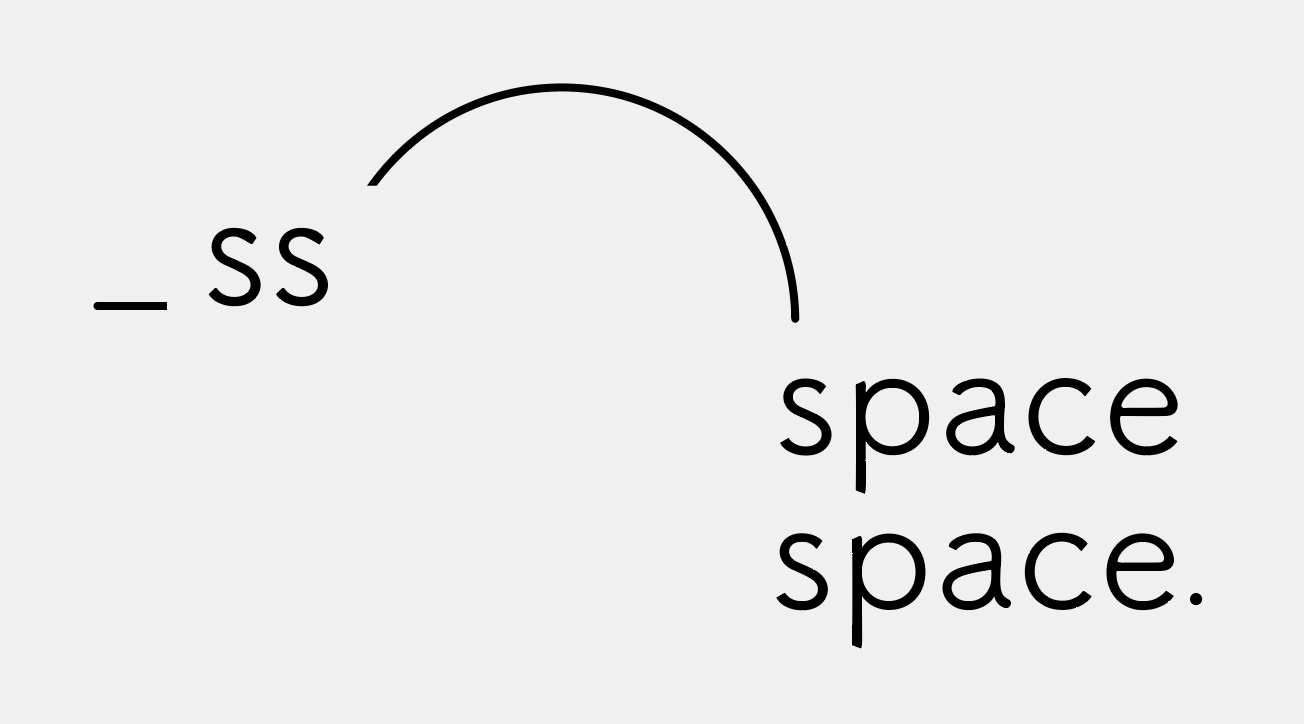In everyday life, we are frequently faced with choices. While these choices may appear to be made freely, they are often subtly guided by numerous invisible forces. Across various contexts—whether at home, at work, or in public spaces—individuals are constantly required to balance their personal needs with external expectations, undergoing both compromise and resistance. These contexts can sometimes resemble invisible battlefields, fraught with conflict and contradiction. They infiltrate our actions and thoughts, creating an ingrained structures of power. Within such frameworks, can our so-called ‘freedom of choice’ ever truly transcend established norms? The exhibition A Little Thing, A Grand Swing seeks to explore the tensions and contradictions within everyday contexts through the works of three artists, inviting viewers to reconsider behaviours and values often taken for granted.
Puwei Wu’s series Kaiju Boom employs AI to reinterpret the visual language of 1970s Japanese tokusatsu films, transforming it into a painterly medium. Through rich textures and layered materiality, the works depict a constructed ‘artificial landscape’ imbued with nostalgic drama, while simultaneously exposing the fragility and absurdity of humanity within a broader macrocosmic framework. The use of war symbols and elements of pop culture are interwoven, reflecting the cultural contradictions arising from globalisation and geopolitics. These works also address contemporary issues of warfare, encouraging reflection on how ‘symbols’ embedded in daily life shape our perceptions and beliefs.
Hojan’s abstract paintings delve into the inner states of human existence through blocks of colour, expressive gestures and unconventional spatial narratives. For instance, the painting The Fleeing Feet, featured in this exhibition, spans nearly five years of creation. It began in a dimly lit room in the United States, was put aside for two years during a studio relocation, and was only completed after being moved to Taiwan. The artist describes the creative journey of this work as akin to an intimate dialogue, reflecting her struggles amidst life’s challenges. Hojan’s work responds to the individual’s position within social structures, creating abstract narrative spaces that invite viewers to project their own experiences onto the painting, considering contemplation between habitual constraints and the desire for freedom.
The artist duo Puwei Wu and Yichia Huang take a humorous approach to exploring the symbols of war embedded in consumer culture. They deconstruct objects typically associated with war, such as toy models and military-themed cookware, and re-encode them, so that they are no longer mere souvenirs or cultural products. Instead, these objects become a starting point for viewers to re-examine history, highlighting the public’s power to freely interpret these symbols. Through multiple perspectives, the artists seek to reveal the hidden workings of ideology within consumer society, drawing attention to the tension and rupture between daily life and the history of war. From this deconstruction, they attempt to find moments of humorous resistance.
In A Little Thing, A Grand Swing, the artists use a variety of materials and languages to outline the complexity of everyday life. Through their works, they deconstruct what might initially seem like a peaceful existence, revealing layers of contradictions and the unknown, offering a profound critique of social power structures and individual struggles. Everyday spaces are not simply the backdrop of our lives; they are battlegrounds where power and symbols intertwine. Here, even the smallest choice carries significant social implications. Thus, as the year draws to a close and the new year approaches, this exhibition invites the viewers to reflect on and re-engage with the subtleties of everyday life. Through the artists’ works, we are reminded that only by becoming conscious of these invisible struggles can we seek freedom within the contradictions.
日常生活中經常要面臨選擇,而這些選擇看似自由,實則卻被許多無形的力量牽引。每個人在不同場域(如家庭、職場或公共空間)中,經常需要平衡內在需求與外在規則,經歷妥協或抗爭。這些場域有時便會如同隱形的戰場上演衝突與矛盾,甚至融入我們的行動與思想,形成一種內化的權力結構。而在這樣的框架中,我們的「自由選擇」是否能脫離既定的規範呢?本次展覽「小事一樁,大戰一場」試圖透過三組藝術家的作品,呈現不同日常場域中的張力與矛盾,並邀請觀者重新經驗被視為理所當然的行為與價值。
吳柏葳的系列作品〈怪獸繁榮 KAIJU BOOM〉透過人工智慧輔助,重新詮釋1970年代日本「特攝片」的影像語彙,並將其轉化為繪畫語言。作品以厚重的質感、質地層次的變化呈現正在搭建中的「人工景象」,既充滿懷舊的戲劇性,也同時呈現出人類在宏觀場域中的脆弱與荒誕。作品中戰爭符號與流行文化的象徵不僅描繪了個人在全球化與地緣政治影響下所產生的文化矛盾,也同時觸及當代戰爭的議題,引發思考「符號」如何在日常中塑造我們的觀念。
詹賀則從抽象繪畫出發,透過大膽的色塊、肢體語言與脫離常規的空間敘事,探索人類在日常中的內在狀態。例如,這次展出的畫作〈一雙只想逃跑的腳〉是一件跨越近五年的創作,這件作品從先前在美國昏暗房間開始創作,中間因工作室遷移被封存了兩年,最後這件作品被運至臺灣的工作室後才得以接續完成。藝術家形容這幅作品的創作歷程,就如同她對人生境遇的自我對話,呈現藝術家面對現實與未來的掙扎與重生。詹賀的創作回應了個體在社會結構中的位置,並透過抽象的敘事空間,引導觀者將自身經驗投射於畫作,思考我們在慣習與自由之間的擺盪。
吳柏威與黃怡嘉的雙人創作組合,則用輕盈與幽默的視角,挖掘日常中被消費的戰爭符號。他們解構玩具模型、部隊鍋等與戰爭意義聯想的物件並且重新編碼,使其不再只是紀念品或文化產物,而是成為觀者重新閱讀歷史的起點,並且從中強調大眾對其自由解讀事物的權力。藝術家試圖透過多元的視角揭示消費社會中意識形態的隱秘運作,凸顯了生活日常與戰爭歷史之間的張力與斷裂,並從中嘗試在解構中找到一絲詼諧的抗衡。
在「小事一樁,大戰一場」中,藝術家們以不同的媒材與語言,勾勒出日常生活的複雜性。他們透過作品,將看似平靜的日常解構為層層矛盾與未知,隱藏著對社會權力結構與個體掙扎的深刻批判——日常場域不僅是我們生活的背景,更是一個權力與符號交織的戰場。在這裡,每個微小的選擇都蘊藏著巨大的社會影響。因此,正值舊年與新年交替之際,希望藉由本次展覽邀請大家一起透過不同視角,反思與重啟對日常的細微觀察與剖析,也透過藝術家的作品提醒我們,唯有意識到這些隱形的鬥爭,我們才能從矛盾中尋找自由。






